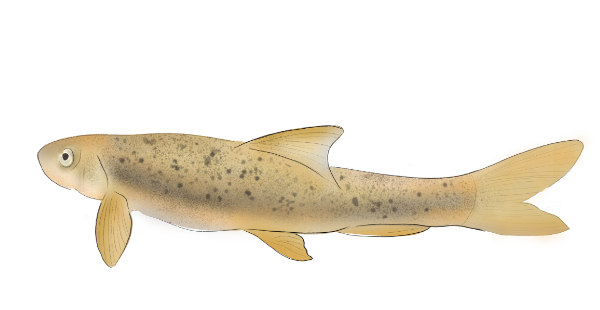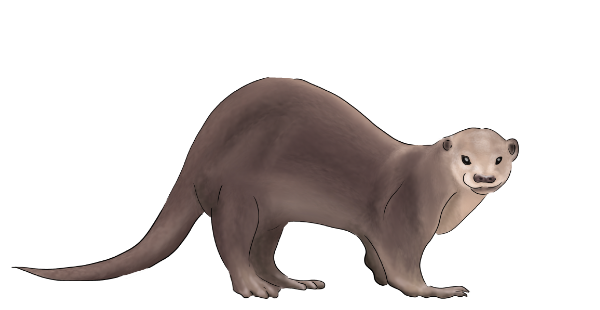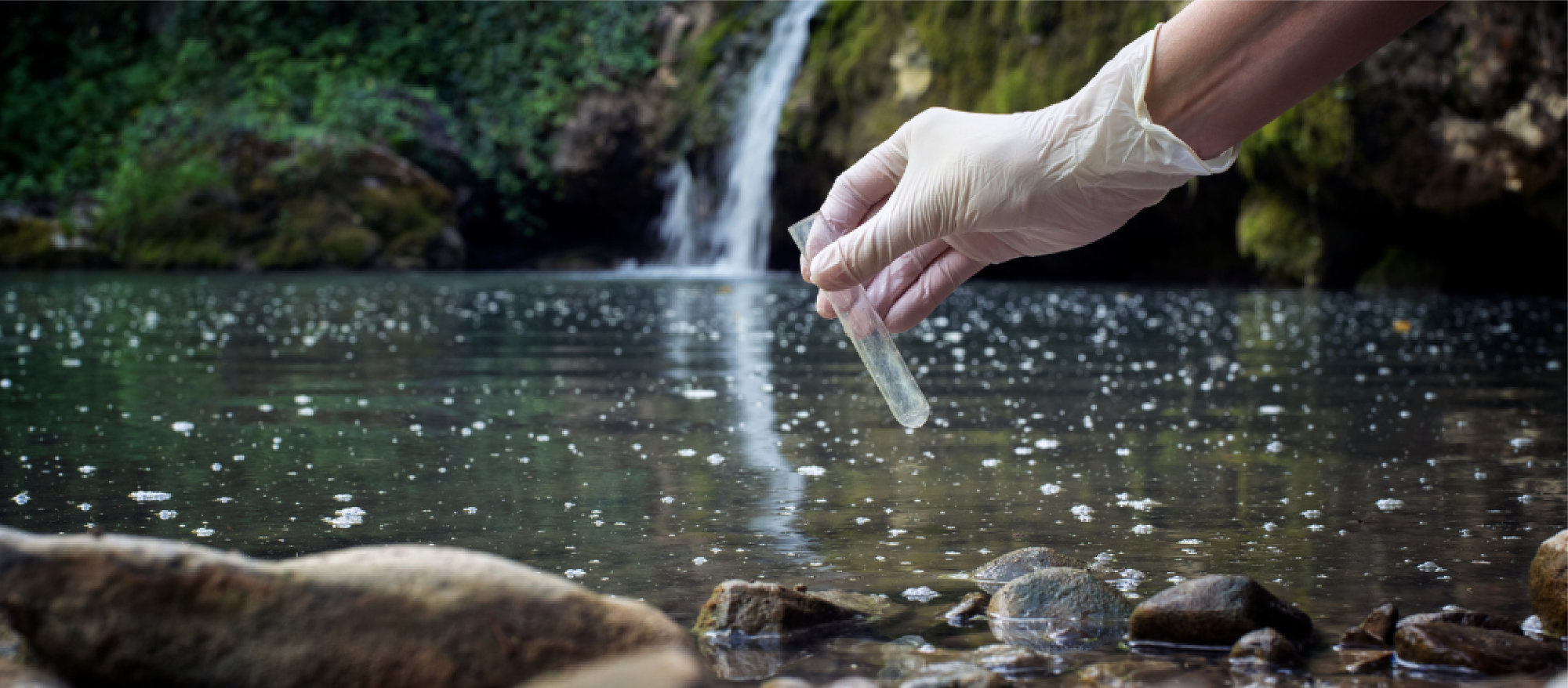How do we assess the population of different species?
Dolphins


We employ a combination of visual and acoustic surveys to estimate the dolphin populations.
Planktons


Planktons are indicators of a healthy river system. We sample for phytoplanktons and zooplanktons to assess the richness and habitat utilization of these.
Fish


We obtain densities of fish by sampling an area by deploying nets of different sizes in a known volume of water.
Birds, otters & herpetofauna


We use line transects and shore line surveys to collect data on the other biodiversity present in the rivers.
Listening to dolphin clicks for underwater behavior studies
Ganges river dolphins rely on biosonar clicks like the bats for their communication, foraging, navigation etc. We use acoustic tools to understand their behavior. The two key instruments in these are the C-PODs which are Passive Acoustic Monitoring devices that help in recording and logging cetacean clicks, and the hydrophones which are passive recorders whose audible spectrum can be specified to record underwater noises.
Assessment of habitat quality

The acoustic habitats are crucial in maintaining a healthy ecosystem. Habitats are monitored during every dolphin survey and at periodic intervals. We deploy underwater sonars to visualize the bathymetry profile of the river along with information of depth. We use instant water quality assessment meters to check the required water parameters such as pH, conductivity, Total dissolved solids, etc. We collect and analyze point samples to assess toxicity as and when required, along the river ecosystem.

